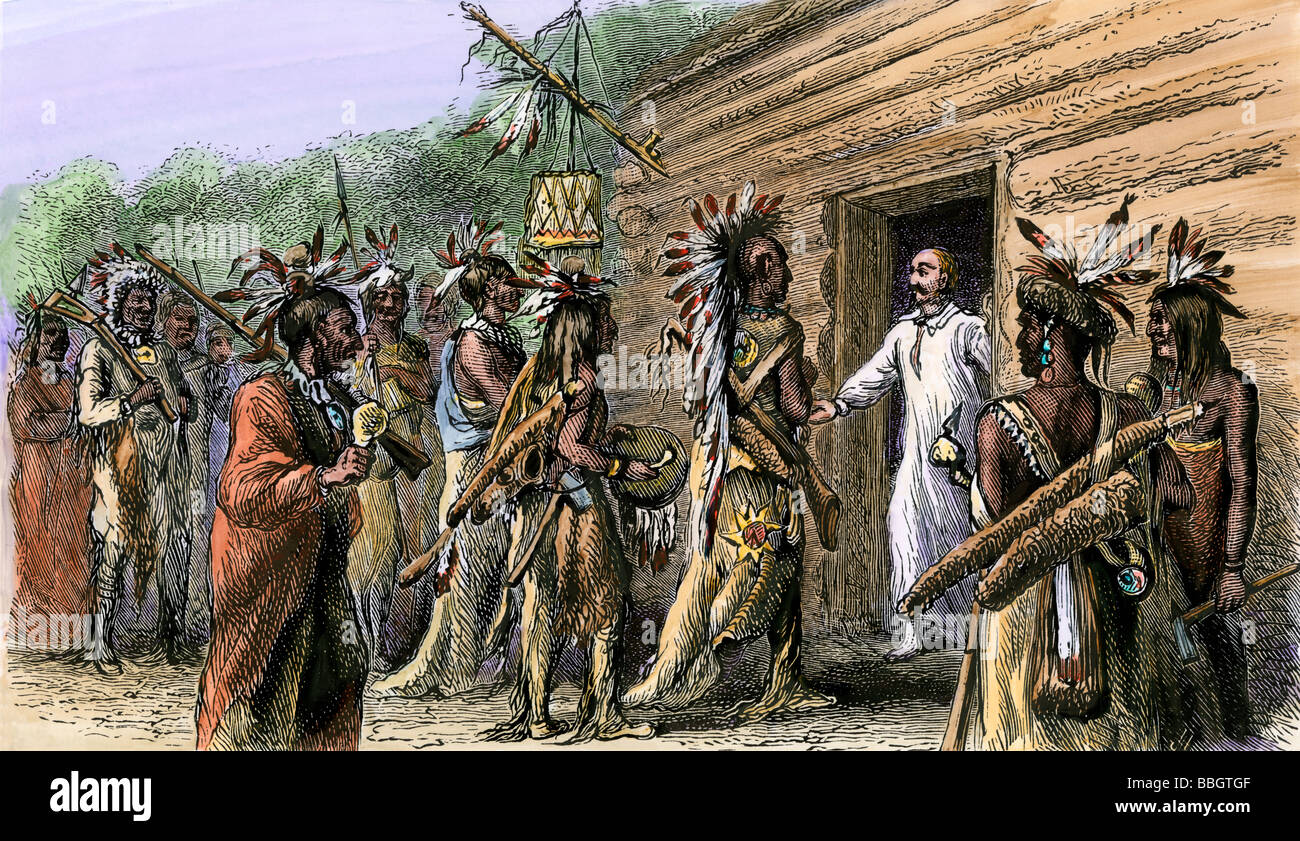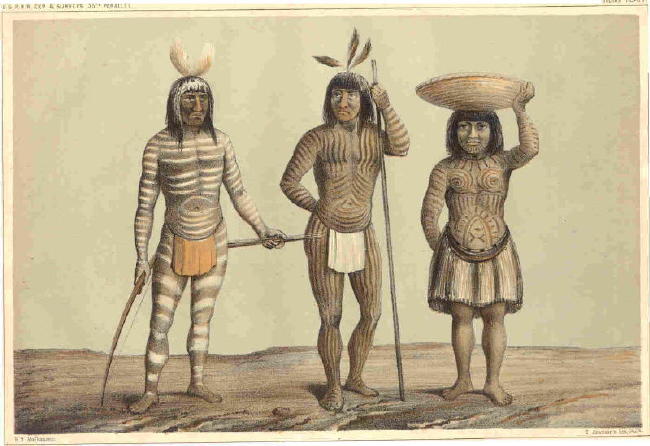
Echoes from the Mounds: The Enduring Saga of the Natchez Tribe
By
In the heart of what is now Mississippi, where the mighty river carves its path through ancient lands, lies a history steeped in both grandeur and tragedy. It is the story of the Natchez people, a sophisticated Native American tribe whose presence once dominated the Lower Mississippi Valley. Their saga, marked by a unique social structure, profound spiritual beliefs, fierce independence, and ultimately, a devastating conflict with European colonizers, serves as a poignant reminder of the intricate tapestry of pre-colonial America and the profound costs of conquest.
The city of Natchez, Mississippi, bears their name, but the echoes of the tribe itself are often faint, overshadowed by the antebellum splendor that came later. Yet, beneath the surface, in the ancient mounds and in the scattered fragments of historical accounts, lies the powerful narrative of a people who, for centuries, were the true sovereigns of this fertile crescent.
A Golden Age: Society and Spirituality
Before the arrival of Europeans, the Natchez presided over a complex and thriving society, a remnant of the expansive Mississippian culture that flourished across the American Southeast. Their civilization reached its zenith between 1200 and 1700 AD, characterized by advanced agriculture, intricate mound building, and a highly stratified social order unlike any other known in North America.

Their spiritual and political center was the Grand Village of the Natchez, a sprawling settlement near present-day Natchez, Mississippi. Here, towering ceremonial mounds, flat-topped and meticulously maintained, served as platforms for their temples and the residences of their elite. The most prominent of these, the Great Sun’s Mound, was the focal point of their cosmology, aligning their earthly existence with the celestial. Another magnificent example of their architectural prowess is Emerald Mound, located just a few miles northeast of the Grand Village. One of the largest mounds in North America, it stands as a testament to the immense organizational skill and communal effort of the Natchez and their ancestors, rising 35 feet high with a base covering eight acres.
The Natchez were distinct for their highly centralized, hierarchical social structure. At its apex was the "Great Sun," a hereditary chief believed to be a direct descendant of the sun, whom they worshipped as their primary deity. The Great Sun held absolute power, both spiritual and temporal, and was revered with an almost divine status. He was carried on a litter, his path swept clean, and his every need attended to by a retinue of servants.
Beneath the Great Sun were the "Little Suns," members of the royal family, followed by the "Nobles" and the "Honored People." The broad base of their society consisted of the "Stinkards," the commoners, who made up the majority of the population. What made this system truly unique was its exogamous marriage rule and the mechanism for social mobility: a Noble or Honored Person had to marry a Stinkard, and their children would inherit the lower status of the Stinkard parent. Conversely, a Stinkard who married into the upper classes would elevate their children. This intricate system, as observed by French chronicler Antoine Simon Le Page du Pratz, ensured a constant circulation of status and prevented the upper classes from becoming entirely isolated or genetically bottlenecked. Du Pratz, who lived among the Natchez for years, noted, "The Great Sun and his children, and his sister’s children, are the only ones who are noble; the rest are ignoble, and are called stinkards." This fascinating social engineering highlights the Natchez’s sophisticated understanding of societal dynamics.
Their economy revolved around intensive maize agriculture, supplemented by hunting, fishing, and gathering. They cultivated vast fields of corn, beans, and squash, storing surpluses in granaries. Their mastery of horticulture allowed for a settled lifestyle and the development of specialized crafts, including pottery, weaving, and the intricate shaping of stone and shell for tools and adornments. Their language, a linguistic isolate, further underscored their unique cultural identity, setting them apart from neighboring Muscogee-speaking tribes like the Choctaw and Chickasaw.
The Shadow of the French: First Contact and Growing Tensions
The relative isolation and prosperity of the Natchez world were irrevocably shattered with the arrival of European powers. While Hernando de Soto’s expedition had passed through the broader region in the 16th century, leaving disease and disruption in its wake, the most significant direct contact for the Natchez came with the French in the late 17th and early 18th centuries.
In 1682, René-Robert Cavelier, Sieur de La Salle, claimed the entire Mississippi Valley for France, naming it Louisiana. It was not until the early 1700s, with the establishment of French outposts and settlements, that the Natchez began to feel the full impact of this new presence. The French sought to establish trade networks, secure strategic positions, and convert the "savages" to Christianity.
Initially, relations between the Natchez and the French were marked by a cautious curiosity and an uneasy truce. Trade flourished, with the Natchez exchanging furs and agricultural products for European goods like tools, firearms, and alcohol. However, cultural misunderstandings and a growing imbalance of power quickly sowed the seeds of conflict. The French, driven by colonial ambition and a sense of cultural superiority, increasingly encroached upon Natchez lands, demanding tribute and labor.
The establishment of Fort Rosalie in 1716, within the heart of Natchez territory and perilously close to the Grand Village, proved to be a critical turning point. While intended as a trading post and a symbol of French authority, it became a symbol of intrusion and oppression for the Natchez. French settlers, often disdainful of Native customs, began to assert their dominance, appropriating Natchez land for plantations and demanding deference. The Natchez, once the undisputed masters of their domain, found themselves increasingly marginalized and disrespected.

The Natchez Wars: A Desperate Stand
The spark that ignited the conflagration came in 1729. Sieur de Chépart, the commandant of Fort Rosalie, a notoriously arrogant and corrupt officer, demanded that the Natchez abandon their sacred Grand Village, threatening to destroy it to make way for a new French tobacco plantation. This audacious demand, targeting the spiritual and political heart of their nation, was an unforgivable insult, pushing the Natchez to their breaking point.
Under the leadership of the Great Sun and war chiefs like Tattooed Serpent (brother of the Great Sun and a skilled diplomat who had long advocated for peace but whose patience had worn thin), the Natchez resolved to resist. They meticulously planned a coordinated uprising, enlisting the support of some disgruntled enslaved Africans and other Native American groups.
On November 28, 1729, the Natchez launched their attack. In a swift and brutal assault, they overwhelmed Fort Rosalie, massacring over 200 French settlers, including Chépart, and taking hundreds of women, children, and enslaved Africans captive. This stunning victory sent shockwaves through the French colonial empire, igniting widespread fear and calls for retribution.
The French, stung by the humiliation and determined to reassert their authority, responded with overwhelming force. They allied with the powerful Choctaw tribe, historical rivals of the Natchez, promising them rich spoils and enslaved Natchez captives. What followed was a series of brutal campaigns that lasted through 1730 and 1731. The Natchez, despite their initial success and fierce resistance, were ultimately outmatched by the combined French and Choctaw forces, who possessed superior weaponry and numbers.
Dispersal and the Enduring Legacy
The Natchez Wars proved to be a catastrophic turning point for the tribe. Their main strongholds were destroyed, their population decimated by warfare, starvation, and disease. Many Natchez warriors were killed in battle, while women and children were captured and enslaved, sold into servitude in the Caribbean colonies of Saint-Domingue (Haiti) and Martinique. The Great Sun and many of his family were among those captured and sold into slavery, marking a tragic end to their ancient lineage of rulers.
Though their political independence was crushed, the Natchez people did not simply vanish. Survivors scattered, seeking refuge among neighboring tribes. Significant numbers were adopted by the Chickasaw, Creek, and especially the Cherokee, where their descendants continued to maintain aspects of their cultural identity. In particular, the Cherokee tradition of the "Keepers of the Fire" is believed by many to have originated with the Natchez, symbolizing the preservation of sacred knowledge and lineage.
Today, while there is no federally recognized Natchez tribe, their descendants live on, primarily within the Cherokee and Creek Nations. Efforts are being made by these descendants to revive their language and cultural practices, ensuring that the legacy of their ancestors is not lost to the sands of time.
The story of the Natchez is a poignant chapter in American history – a tale of a sophisticated civilization that thrived for centuries, only to be brought low by the relentless tide of colonialism. Their unique social structure, their magnificent mounds, and their desperate fight for survival remind us of the rich and diverse cultures that existed long before the United States was conceived. The city of Natchez, Mississippi, stands as a silent monument, inviting us to look beyond its more recent history and remember the powerful, independent people who first called this land home – the Natchez, whose echoes still resonate from the ancient mounds along the mighty river. Their saga is not merely one of loss, but of resilience, adaptation, and the enduring spirit of a people determined to keep their flame alive, even if it burns in new hearths.


